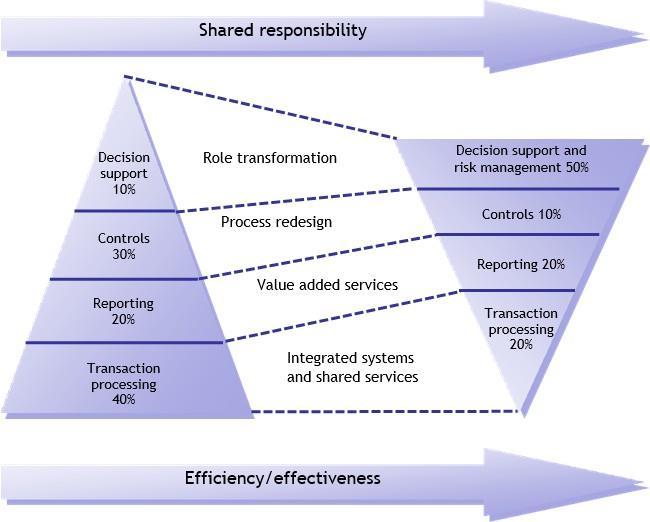
1 minute read
Profitability ratios
Ratio Possible interpretations
Return on Investment (ROI)
Advertisement
For all intents and purposes this is the same measure as the Return on equity that shareholders refer to. It lets the long-term investors — shareholders and venture capitalists — look at the return they’re making on their investment and decide whether they would make a better return if they invested elsewhere. For this ratio you should use profit after interest as the indicator of profit as this is the profit you’ve made after paying the bank but before paying dividends to the shareholders. For the capital employed figure you would then use just the shareholders’ funds. Low ROI doesn’t mean that you won’t get investment from shareholders. But it may mean that you’ll only attract risk-averse shareholders or investment shareholders, which will mean you have to compensate them by paying higher dividends.
Gross margin Gross margin is said to give an indication of price and direct costs relative to your competitors. Many customers look at your accounts in this way. But use this figure with caution as an external benchmark because different companies treat direct and indirect costs in different ways. Internally, this is an excellent measure and changes in it suggest either that you should make:
a change in price — talk to your sales team
a change in costs — talk to your production team
a change in product mix — talk to your marketing team. This ratio can be appropriate to the public sector if you’re providing direct services such as building and works. For the purpose of assessing efficiency you should consider the total budget allowance as income and look at the direct costs as a percentage of this.



